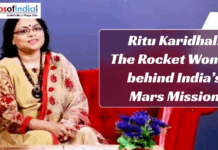Each year, the longest day of the year is celebrated as the ‘summer solstice’. It occurs twice a year, once for each hemisphere. On Monday, 21 June, India will experience the summer solstice 2021. It is celebrated in many countries as the beginning of longer days, shorter nights and warmer months. Only for the northern hemisphere while the southern hemisphere experiences winter. It is known as midsummer in certain parts of the world.
Understanding summer solstice
The summer solstice begins the summer season for the northern hemisphere. On this date, the day is the longest of the year and the night the shortest. This happens because on this day, the north pole is tilted maximum towards the Sun. Summer solstice ends in September upon the beginning of Autumn equinox. The Sun will be directly above the tropic of cancer on 21 June.
Why is this year’s summer solstice special?
This year along with the summer solstice, the annual solar eclipse is also occurring on the same day. In addition, 21 June is also celebrated as international yoga and music day.
How is summer solstice celebrated across the hemisphere?
The celebration for summer solstice heads back to the history of many ancient empires such as the Aztecs, Romans or Greeks. It is a part of many traditions and holds great value for various cultures. For example, many farmers mark the summer solstice as the day of harvesting crops. Ancient people used this day to set their calendars and time. In Northern Europe, bonfires are lit on this day, and it is believed that the ashes from these fires will protect people from evil spirits. In India, people celebrate by coming out and performing yoga together, and it is a show of love and gratitude to the Sun.




